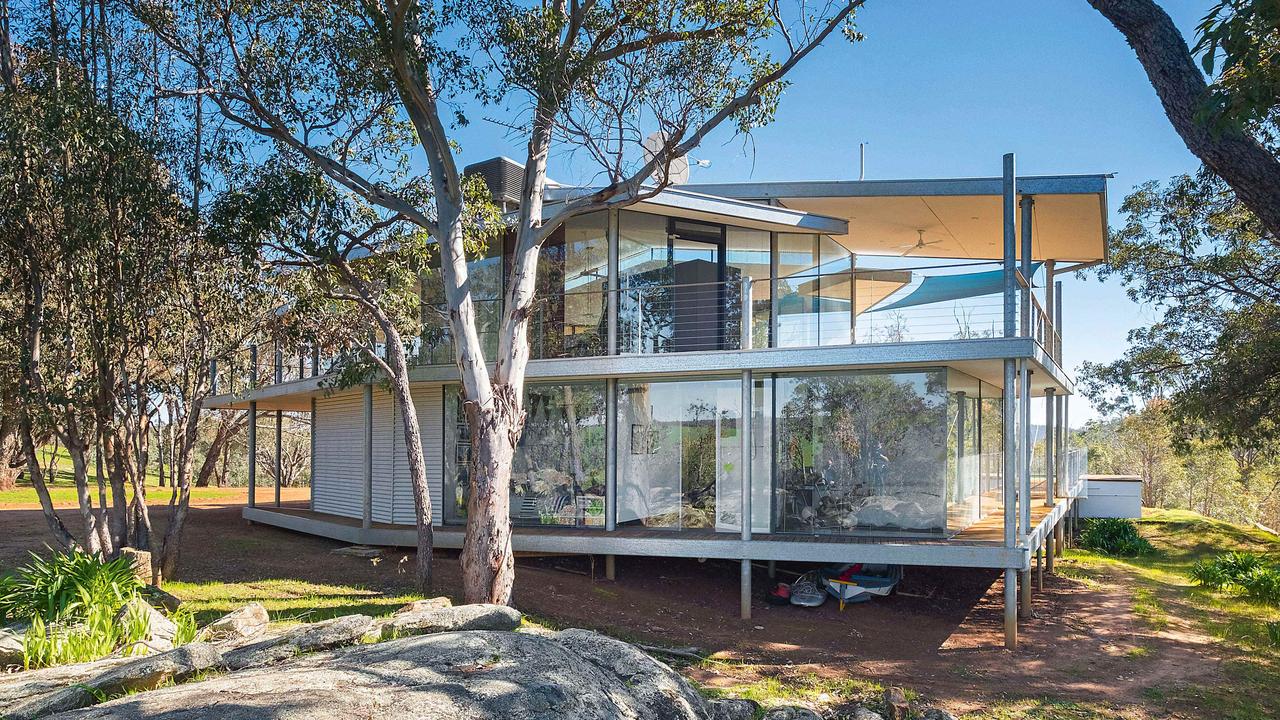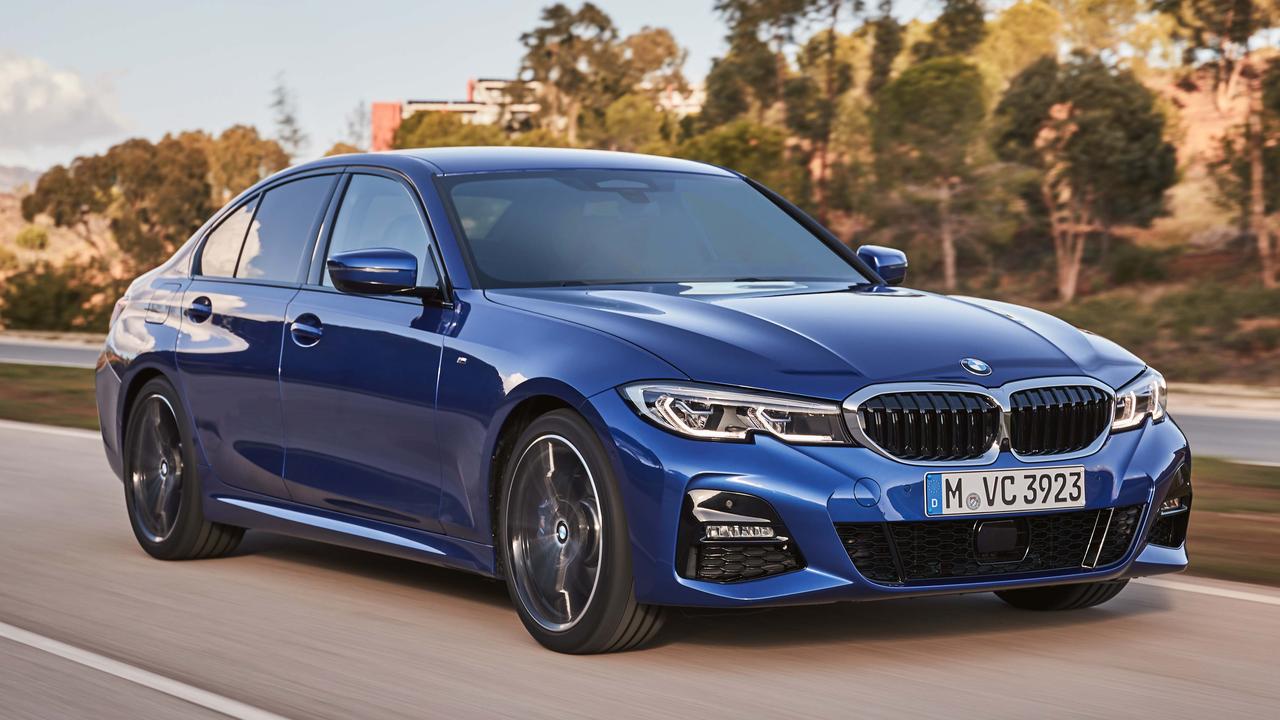Keller’s riesling secret
Klaus-Peter Keller has astounded the world of riesling by achieving a seemingly impossible feat.
Klaus-Peter Keller has astounded the world of riesling by achieving a seemingly impossible feat: making a $1000 dry riesling from a relatively unfashionable part of Germany that has the somewhat curious name of G-Max, with no vineyard information whatsoever on the minimalist label.
Nor will any visitor (few get past the front gate in real or virtual fashion) be given a clue. The reasons for the reticence are not marketing spin, simply the spectre of night-time vistors helping themselves to grapes that are likely to produce the upcoming vintage which would sell in Australia for $1140 per bottle.
Keller also makes pinot noir (not a core business), and is a regular visitor to Burgundy in winter; apparently he swaps wine with Domaine de la Romanee-Conti, not pinot for pinot, but riesling for pinot.
At a basic level, he (and father Klaus Keller) spend 12 hours a day in the vineyard in growing season. They do so knowing how important this level of detail is, and also because they treasure this time. They reduce the crop to an average of 1.8 tonnes per acre (or 35 hectolitres per hectare) yet are also renowned for picking late.
When they are dealing with grapes for G-Max it is axiomatic that there is a berry-by-berry inspection day after day in the vineyard, and - to the extent it is necessary - again in the winery.
But ther is something extra in the Keller firmament: the progressive arrival of rieslings from the 2015 vintage. The Kellers are on record saying there would never be a vintage as good as 1971. They’ve had to retract that, admitting the acidity of 2015 has an indefinable extra that makes this vintage even greater.
Importers Heart & Soil (heartandsoil.com.au) are offering Keller wines priced between $45 and $395. The greatest are still to arrive.
2015 Keller Riesling Trocken
The vineyard has been in Keller family ownership since founded by Johann Leonhard Keller in 1789, and in 2000 Klaus Keller was named Winemaker of the Decade. Its purity, intensity and balance mark it as a dry riesling that is perfect in every way, acidity and citrus/mineral falvours in total harmony. 12% alc; cork.
94 points; drink to 2025; $45
2015 Keller Riesling Limestone
Not made in warm vintages; crop-thinned 2-3 weeks before harvest, leaf-plucked to slow ripening. It ends up with 10g/l acidity, 9.5% alcohol and 20g/l of residual sugar. Here the balance makes the wine float on air, a soulmate for Asian food. 9.5% alc; cork.
95 points; drink to 2025; $45
2015 Keller Riesling Kabinett Limestone
Many of Germany’s bset rieslings come from slatey soils, and Keller loves what it can bring to many of his vineyards (not just pinot noir). This is an utterly seductive wine, surely causing Mosel Kabinett makers to shift uneasily in their beds. It is like a painting, with exquisite detail to its fresco of lime, mineral and sweetness. 40g/l residual sugar. 9.5% alc; cork.
96 points; drink to 2015; $64


